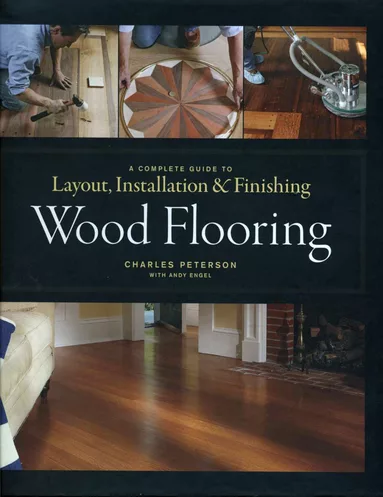Editorial Comment: Just a few questions for the New Year
So 2006 enters with a shroud of question marks. Here, then, in no particular order are a few of the questions that are likely to determine how this year plays out for the flooring industry:
What will drive the demand for new flooring? New home builders, particularly those working on large developments, tend to write huge orders. That's good and we should see plenty of it in 2006. But those selecting flooring for new homes are notorious for choosing the industry's version of plain vanilla: Beige broadloom carpet mixed with base grade vinyl. This does little to elevate the industry beyond commodity status. Real growth, both in terms of fashion and finance, comes from the residential remodeling segment-people, for instance, who saw a sharp looking hardwood floor and decided they want one in their home, too. That is the type of business we need to cultivate.
How (and how aggressively) will suppliers market to consumers? We saw more of it last year: Mohawk, Shaw, Columbia and Mannington all had strong, inspiring print and/or TV efforts centered on the beauty of their products. Anderson Hardwood got all warm and fuzzy with its "Dance of Life" campaign that had an adorable little girl in ballet dress and tiara dancing barefoot on a hardwood floor. It was an excellent example of how to use an emotional appeal to focus interest in a high quality floor covering. We could use more of that this year.
How will the price increases introduced last year take effect this year? Higher gas prices put the squeeze on raw material costs and compelled one manufacturer after another to increase wholesale prices (usually around 5 percent). While no one disputes the rationale for the increases, it is important to remind consumers that new flooring remains one of the best values they can buy. It is absolutely imperative that increases are passed along to the end user; otherwise they will erode your bottom line. It might be time to remind consumers that flooring is one area where bargain hunting could be a costly mistake.
Will consumers understand that the products are better? Non-cosmetic enhancements in floor covering are not easy to appreciate. This helps explains why 3M is offering its new Scotchgard Advanced Repel to Mohawk Industries on an exclusive basis. Those involved in the deal hope consumers will think of it as "the Intel inside" sticker seen on computers. But will this value-added feature enable retailers to charge a premium? We can only hope. The industry has to find a way to trumpet important product enhancements as well as the environmentally friendly aspects of flooring.
Can we avoid the "Wal-Martization" of flooring? It is a huge question given the ever-growing number of places to buy flooring and, of course, the impact of the Internet. Consumers like low-low prices and a dollar figure empowers them to quantify their purchase. (They can say to friends: "Guess what I paid for this rug! Go ahead-guess.") Still, whether it is a tank top or a tile floor the endless race to the bottom leaves merchants scrambling to increase their volume. Maybe big box stores can pull that off, but it is a tough climb for floor covering specialty stores.
So there you have it: Five big-picture questions that will help determine what happens over the next 12 months. There are no easy answers, which is why we usually stick to asking the questions.
Looking for a reprint of this article?
From high-res PDFs to custom plaques, order your copy today!





